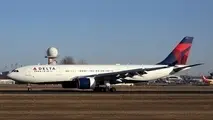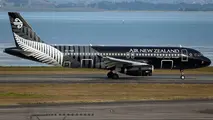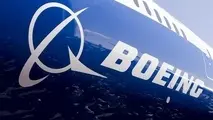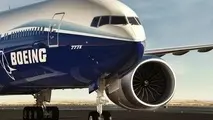Boeing Boosts 787 Retrofit Capacity
Boeing has granted Northwest Aerospace Technologies (NAT) a limited license on several projects that will expand collaboration on interior modifications for the 787 Dreamliner.
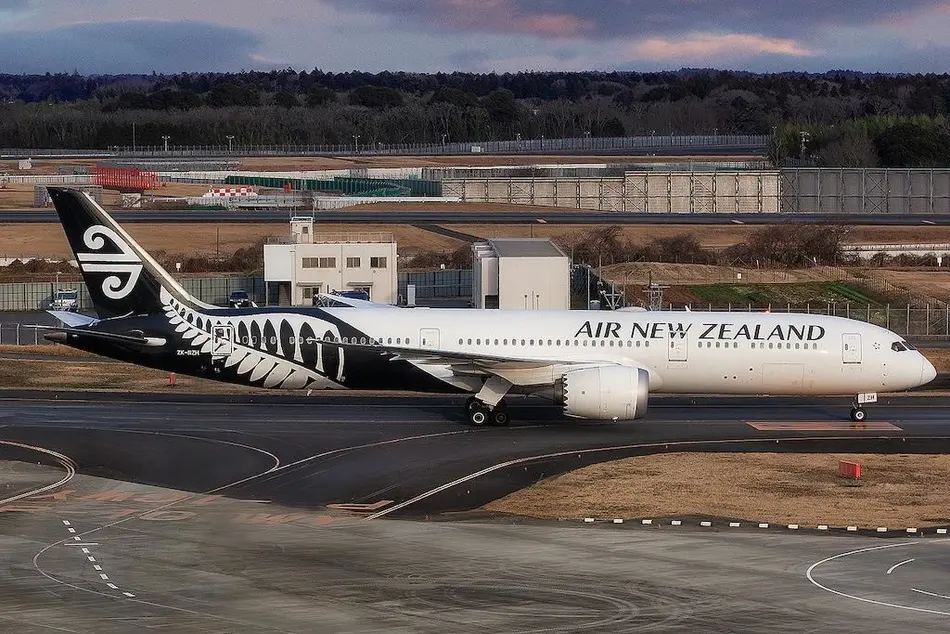
Boeing has granted Northwest Aerospace Technologies (NAT) a limited license on several projects that will expand collaboration on interior modifications for the 787 Dreamliner.
NAT is the first company to obtain such a license for work on the 787. The first carrier to employ interior retrofits under this license will be Air New Zealand.
The Everett, Washington-based company will handle cabin design and engineering for most 787 interior commodities and develop FAA Supplemental Type Certificates (STC) for a defined number of aircraft, while Boeing will supply parts for the modifications and provide technical support.
“This collaboration is part of Boeing’s ongoing effort to expand 787 interior modification capacity and choice in the market,” said Boeing commercial modifications senior director, Bret Bolkcom. “By completing engineering on the first airline project under limited license, NAT has demonstrated its ability to integrate complex 787 interior modifications.”
“We are thrilled to collaborate with Boeing on this unique opportunity to support our airline customers,” NAT Vice President and General Manager John Schmidt said. “We look forward to continuing to work with Boeing on this important initiative.” NAT is already engaged as the integrator on additional 787 interior modifications projects for other customers under limited license.
“Air New Zealand was the launch customer for the 787-9 over 10 years ago, so it seems fitting that we are the first to be retrofitting these aircraft nose-to-tail with NAT and Boeing,” Air New Zealand CEO Greg Foran added. “It’s been a collaborative process that has allowed us to introduce our new cabin interiors ahead of our new line-fit aircraft with the same interior, meaning we can deliver our enhanced customer experience onboard sooner.”
“The lifecycle for the 787 is at the point where demand for 787 interior refreshes are definitely on the rise,” Boeing spokesman Charles Kauffman said here at the Aircraft Interiors Expo.
Boeing continues to perform 787 interior modifications at scale with both FAA and European Union Aviation Safety Agency certifications. Additionally, in 2024, Boeing designated Lufthansa Technik as the first 787 Boeing-Licensed Service Center.
Meanwhile, Dubai-based carrier flydubai is set to upgrade the cabins of 21 of its fleet of 737s by installing Boeing Space Bins to provide additional overhead stowage space.
The retrofit will take place on part of the carrier’s fleet of 59 737 MAX models. The airline also operates 29 earlier-generation 737-800s.
Each Space Bin can accommodate up to six standard-sized carry-on bags by turning them on their edge. A standard 737 bin can carry only four carry-ons. The increased capacity means that fewer carry-ons have to be gate-checked.
“This will provide our passengers with added convenience and increased storage space that rivals the experience offered on a widebody aircraft,” said flydubai’s senior vice president of inflight operations, Daniel Kerrison.
“Passengers are making the connection between bin capacity and the extra room they need and expect for their carry-on bags,” added Boeing’s vice president of cabin, modifications and maintenance, Doug Backhus.
